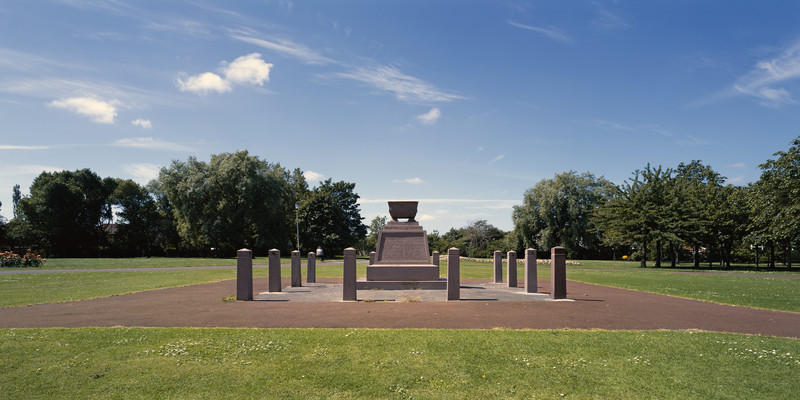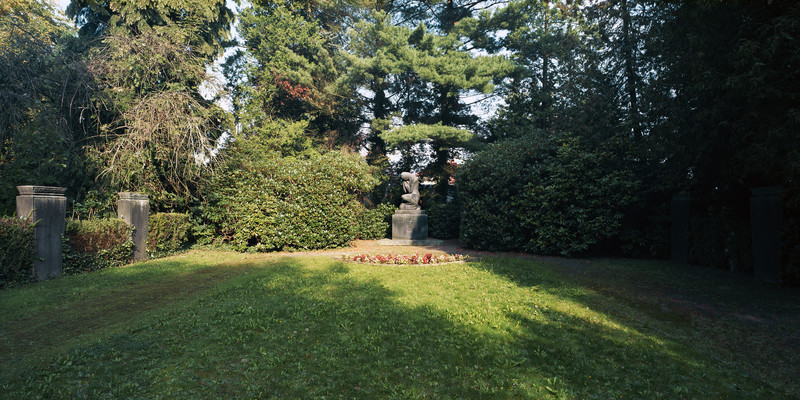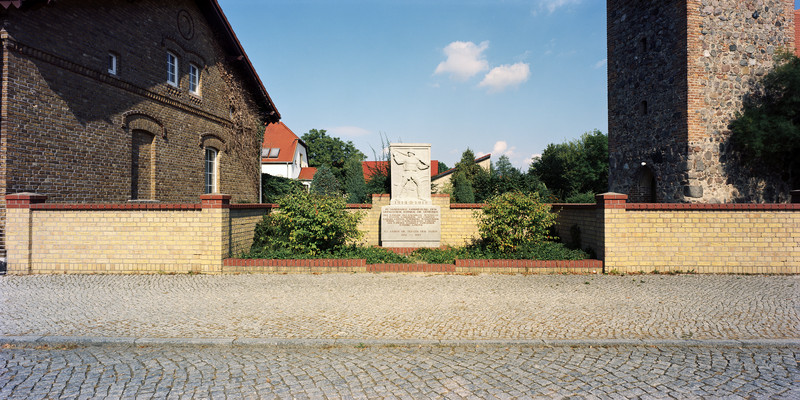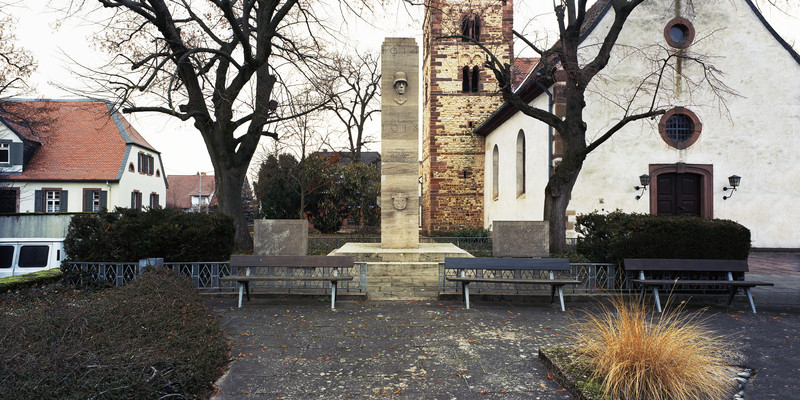Sites Of Memory
© Chris HarrisonThe first memorial I ever saw was at the top of my street. It was overgrown and neglected and most of the names had faded away. Even as a child I was fascinated by this tangible connection to the past. Hepburn, Dixon and Dodds; grandfathers of school friends, neighbours, people familiar and close, their names slowly dissolving in the acid rain from the local factories. Later as an artist, I started to think about history from a local perspective. For me, photography is about time rather than light, I am not seeking the decisive moment. These memorials are representative of thousands of decisive moments of which I have no comprehension.
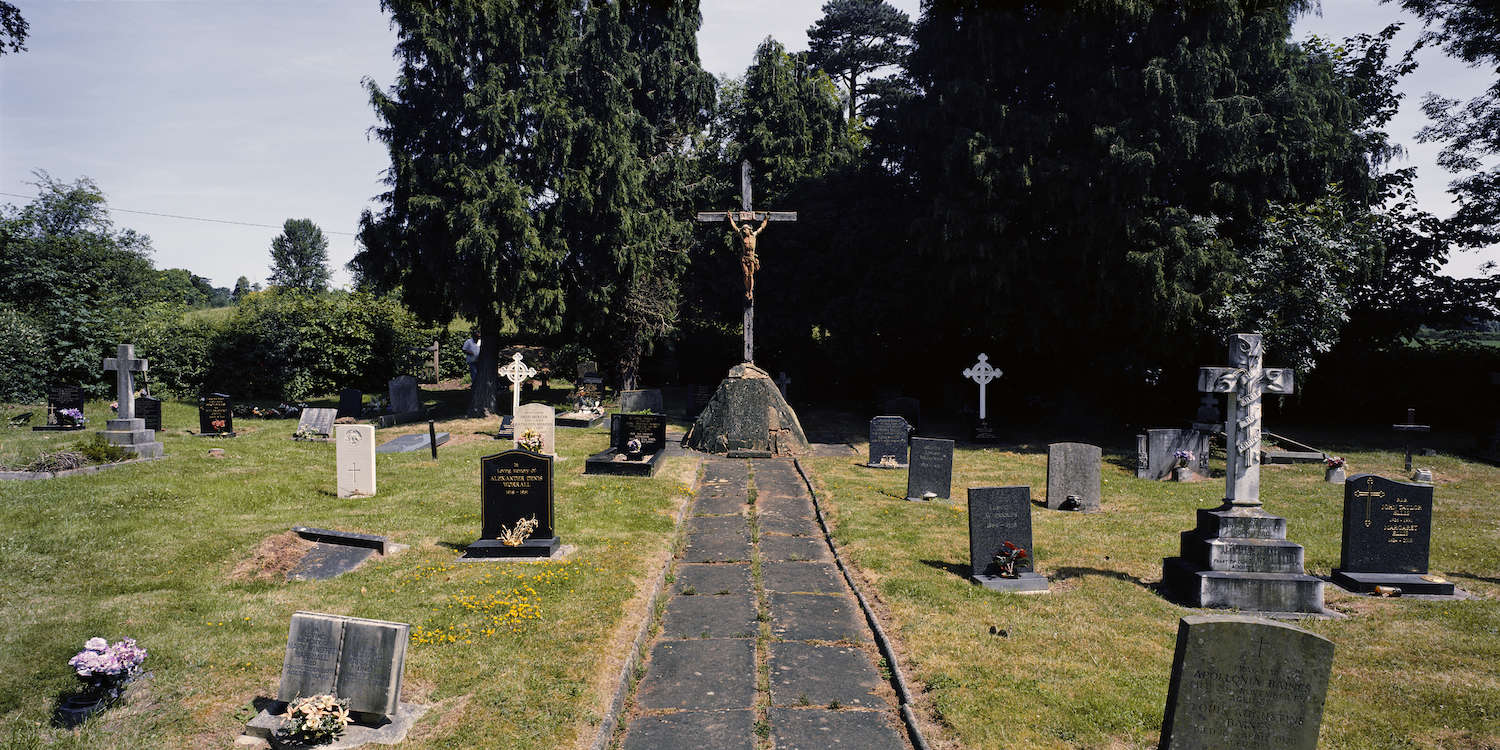
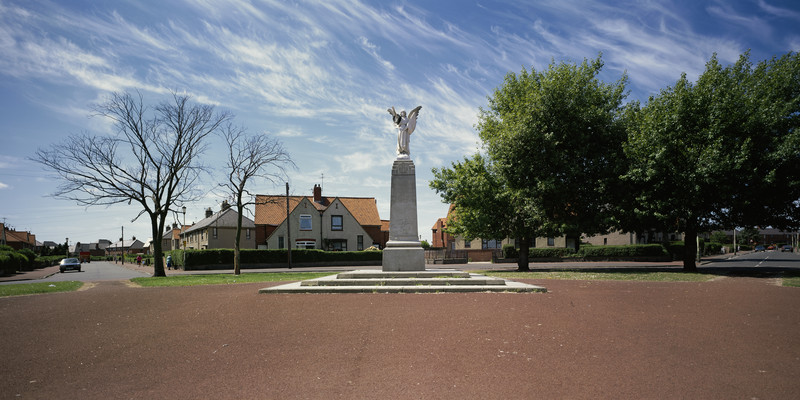
In 1997, I first showed the British work “Sites of Memory” at the Imperial War Museum. The exhibition went on to be shown at various international galleries and museums including Tate Britain as part of “How we are: 150 years of photographing Britain” and at The German Historical Museum in Berlin alongside the painter Otto Dix as part of the show “Der Weltkrieg, Ereignis und Erinnerung.”
In recent years, the work has expanded to Germany to further explore our history and identity, and negotiate the collective European consciousness. To this end, I have photographed throughout Saxony, Brandenburg, Bavaria and Hesse. I plan to travel back to Germany, as well as to Poland, the Czech Republic, France, Denmark, Belgium and Russia (Kaliningrad) to photograph memorials from within the borders of Germany as they were in 1914.
Nearly one hundred years ago the guns of the First World War fell silent, but the wounds of that conflict were still very much visible. Across Europe communities devastated by the loss of so many men and women struggled with the consequences, yet looked with hope to a brighter future. The war had been the first that had involved the whole of society and losses were on an unprecedented scale.

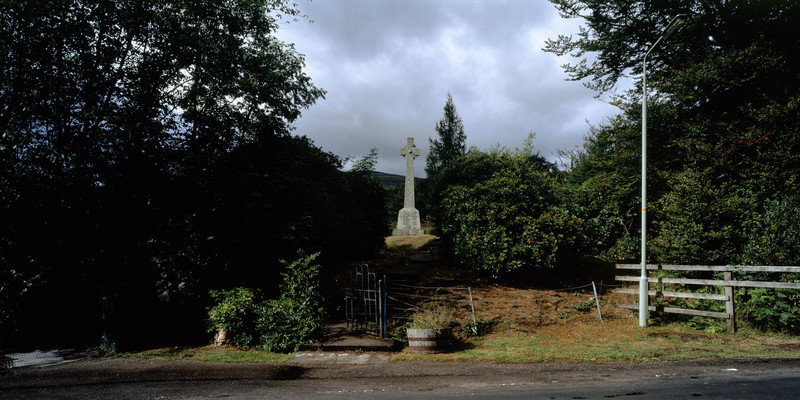

Because of this, imposing structures were erected to commemorate national losses in capital cities. Local communities, towns and villages, clubs and societies, felt the need to create local memorials, which would serve as a reminder of those from their own neighbourhoods who had been killed. Churches erected memorials to members of their congregations who did not return, as did schools to former pupils and places of work to employees.
By 1922, memorials had sprung up all over the former combatant nations. Standing as a rebuke to politicians who had promised “a home fit for heroes,” these memorials reminded the populace of their individual sacrifice and also of the broken promises for a better post war world. Now, 100 years later, these memorials stand cut off from their original meaning, floating in a sea of misunderstanding and fought over for political gain.
Memorials have quietly faded into the background, their original purpose remembered by only a handful of veterans, the war itself relegated to the position of a meaningless slaughter devoid of significance and overshadowed by the “noble cause” of the Second World War.
Travelling around Germany Britain and Ireland photographing war memorials as they stand now I have noticed that many of these memorials have been moved from their original prominent positions and now sit neglected in back streets and in the forgotten corners of once grand parks. In some cases, memorials for one country’s dead now exist across a modern border or even in countries, which never existed in 1914.
The way memorials are seen has clear roots in the culture and political history of the areas where the men came from. In Northern Ireland, they are used to promote a false narrative of purely Protestant sacrifice. In the Republic of Ireland, they have been neglected in favour of a narrative promoting the 1916 rebellion. In London, they were a way of establishing the state as in control of the nations grief and thus the validity of the sacrifice made. In Germany, they stand as a testament to one of the primary excuses used by the Nazis for the Second World War and the costs on German society of both wars.
Often memorials will be grand and full of sentiments acknowledging no defeat or surrender in 1918, this often contrasts vividly with the very simple inscriptions and lists of names commemorated for the dead of WW2. Some memorials are now being renovated and it will be important to show both the neglected and those that have been refurbished often more in accordance with modern ideas of taste and memory than with their original meaning. The memorials original purpose are almost completely forgotten and thus it is important to bring to life these warnings from history that have now become mere street furniture in most towns and cities, and are almost seen as glorifying war. I hope to show that their intended purpose was exactly the opposite.
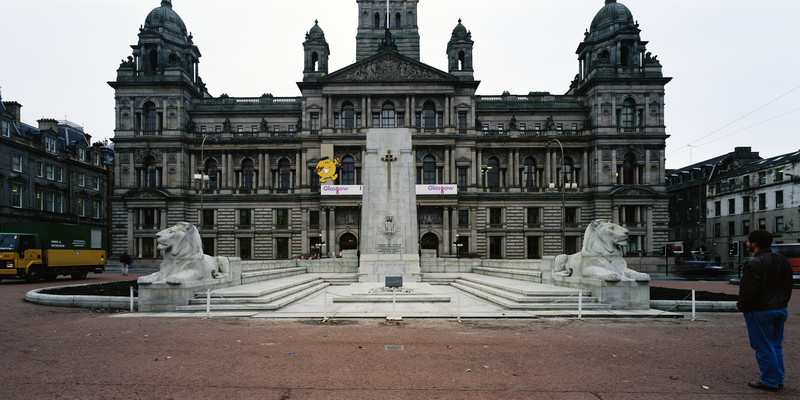
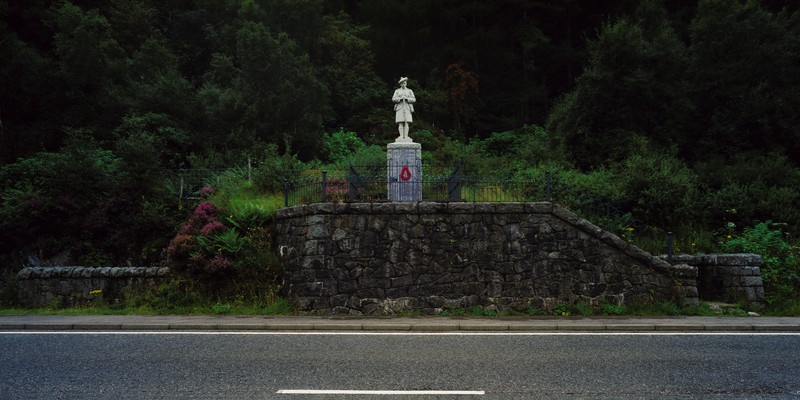
Many projects have been undertaken to photograph battlefield memorials and cemeteries, but this is one of the first projects to show the effect as it was felt at home and how when politics fails, people pay a price. Photography is especially good at showing the contrast between the memorial and its original intention and how we neglect to understand the warnings that these memorials represent.
Sites of Memory was something that I didn't want to be systematic about. It was not to be a typological survey it is a personal journey. I take the pictures while I travel to places for commercial jobs or on holiday or just to visit friends and family. Oftentimes, people suggest particular memorials. I want to get across the universal sense of loss, where no place was left untouched by that war. I was very aware that it would be easiest to just photograph the classic ones, but there was something about the less well known that was more telling.
I wish to remind our generation that a major war in Europe was once as unthinkable as it is now. Yet it happened, millions died and those that survived raised memorials to their dead, not to glorify conflict but to remind the living to never let it happen again.
As it warns on the Cenotaph in London “Lest we forget.”
click to view the complete set of images in the archive
